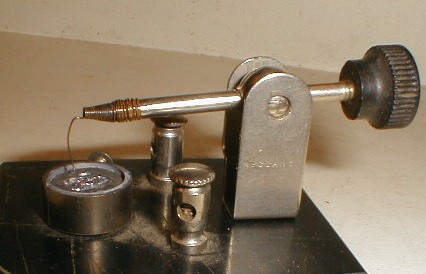cmb042
Geotechnical
- Apr 28, 2008
- 39
This really has me at a loss. I am reading a voltage across diodes when the diode isn't connected to anything. I am testing a circuit, measuring the voltage from the back side of the diode to ground (AC input). I switch off the power and the diode still has around 150mV across it. I unplug the souce, still there, I remove the diode from the circuit, still there. I try another diode that wasn't part of the circuit, same reading. I try a different mmultimeter, no change. Any ideas? I tried shorting the diodes thinking maybe some residual voltage across the junction, some capacitance, didn't stop the reading. I tried multiple meters so that rules out feedback from the meter, although they were both digital FLUKEs.
What could be causing this and how do I eliminate it?
What could be causing this and how do I eliminate it?



